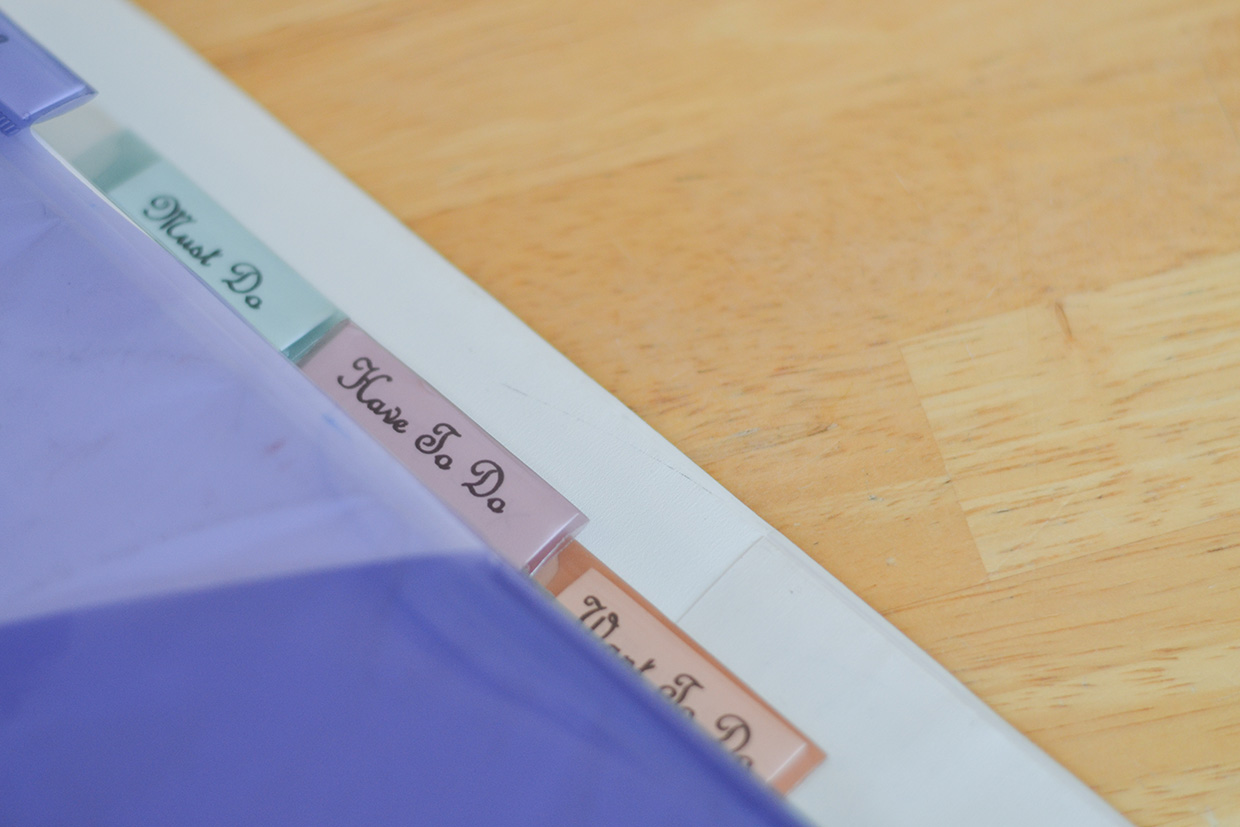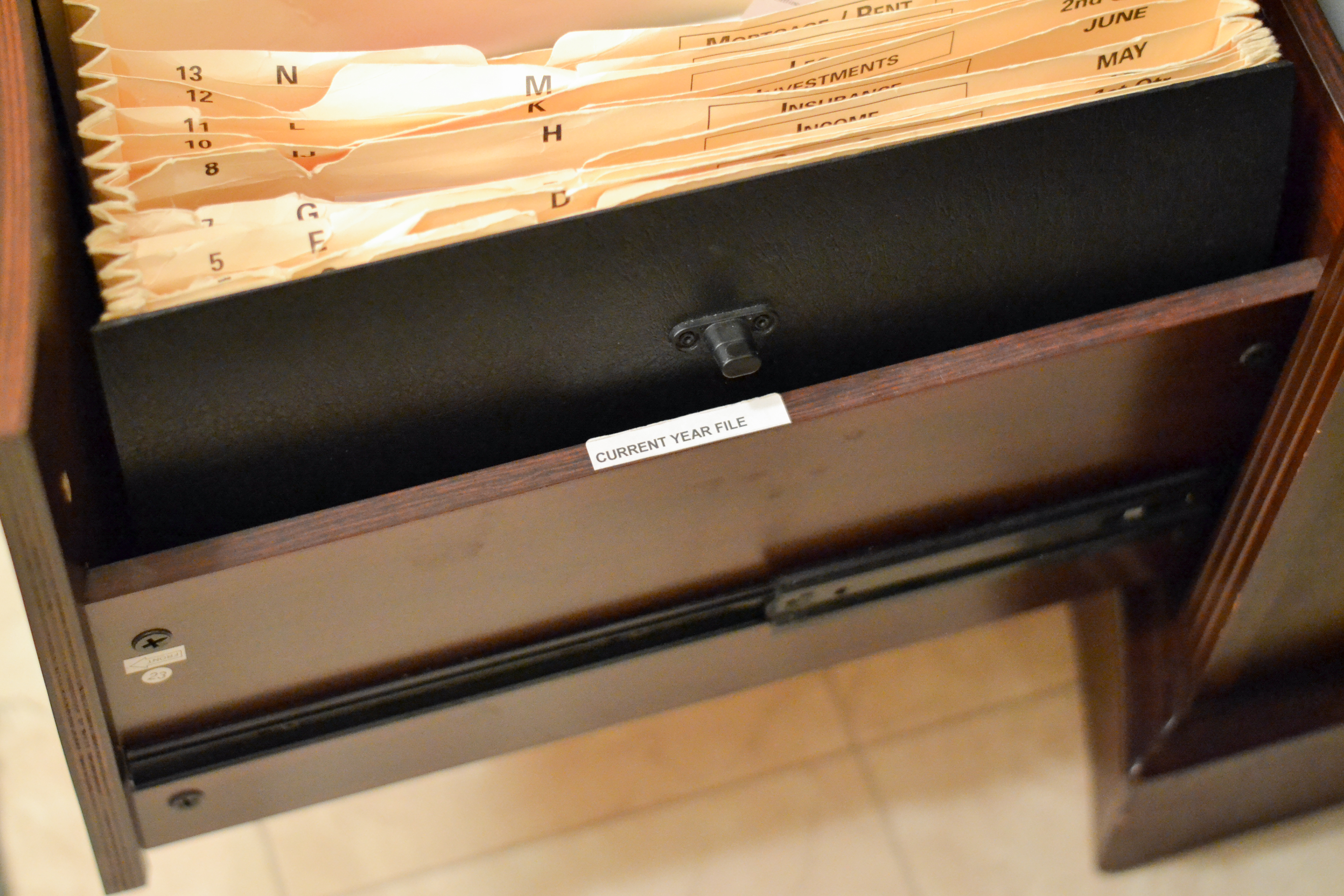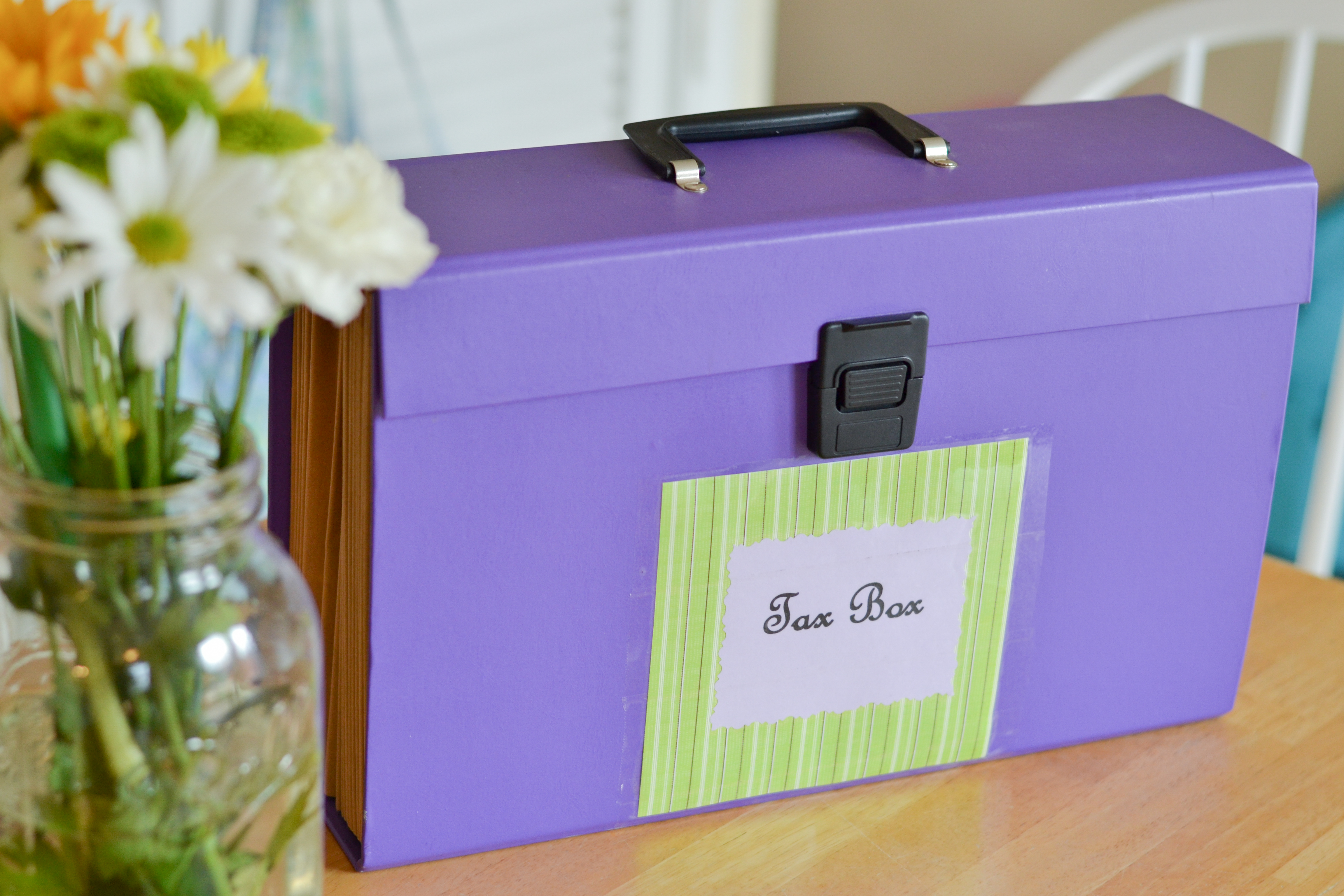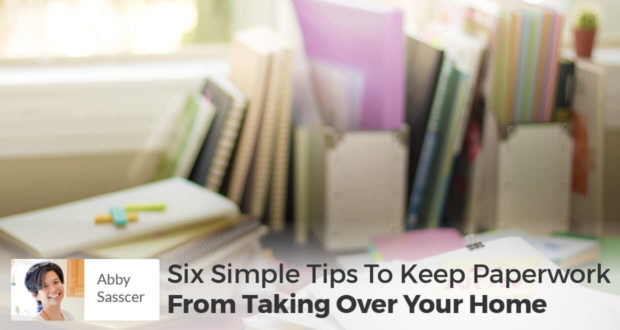Summary
In Part 2 of Conquering The Great Paper Trail series, Abby Sasscer shares six tips that work in her home to keep paperwork well organized and under control.Conquering the Great Paper Trail – Part 2
A Blessed Easter Season to one and all!
Spring is definitely in the air, and if your homeschool is officially on Easter break, this would be an opportune time to start decluttering and organizing paperwork.
Paper has a wonderful way of creeping up on you and taking over your precious space and peaceful environment. Paper piles and documents scattered throughout the house create visual noise that can distract us from our vocations.
But there’s good news! With a little time invested to set up designated homes for your documents, you can take control of this pesky paper trail, once and for all!
Six Simple Tips
1. Purge incoming mail right away.
When new mail comes in, don’t just toss it on your desk or To Do pile. Before mail hits your desk, try to toss junk mail, right away, and shred mail with sensitive information. The only items that should reach your To Do pile are paperwork you know you need to process or keep.
2. Prioritize your paperwork.
Your desk should have a designated place for Accounts Payable (bills to pay) and Accounts Receivable (checks to deposit). All other documents can be prioritized as follows:
- Priority 1 or Must Do – Urgent matters with deadlines that must be addressed
- Priority 2 or Have To Do – Important matters that can wait
- Priority 3 or Want To Do – Fun or interesting things you wish to pursue

3. Designate a home for paperwork you intend to keep.
Aside from having a designated place for your prioritized paperwork, you need to find homes for other files you intend to keep. Examples may include:
• Current Year File – categories may include Automobile, Bank Records, Credit Cards, Income, Insurance, etc. For a more detailed list of categories for home and home business, click here.

- Tax Box or Binder – to place receipts or documents you will need to file tax returns at the end of each year. Examples may include receipts for charitable donations, property tax receipts, tax-deductible business receipts etc.

- To File Box – to place paperwork that must be filed at the end of each month or quarter. These include paid bills, paid credit card statements, paystubs, medical records, paid mortgage statements etc.
- Other ideas include – School Boxes for each child for their worksheets and artwork and Binder Buddies to house recipes, coupons, or Vital Documents.
4. File regularly.
I highly recommend filing everything in your To File Box at the end of each month or at the end of each quarter.
In our home, we have a habit of “closing out the month.” This typically involves balancing our checkbook, preparing income and expense report, and filing everything in our To File Box. While it seems like a lot, it only takes less than one day of the month to do this.
At the end of each year, we also archive everything in our Current Year File, using manila envelopes. Once again, because a system is in place, this process only takes us less than hour each year.
5. Learn to Let Go.
One of my greatest challenges is recycling my children’s artwork. I used to spend a lot of time doing this, because I try to make sure both sides of the paper are used before tossing it in the recycling bin.
But not anymore. A friend of ours takes paper from her office recycling bin and passes it to our family regularly. My children simply draw on the blank side of the paper, and because both sides are used, this makes recycling so much easier for all of us!
We also use the Five-Minute Rule for our children’s artwork. If it takes less than five minutes for them to make a drawing, then I assure them they can draw it again. I explain to them that the more we recycle, the more trees we can save for our forests. Works every time.
6. Purge Regularly and Recycle the Rest.
We try to do this as a family when we close out our month or when we feel our paper piles are getting out of control. Each child is responsible for decluttering their school boxes, and they make three piles – To Keep, To Give, and To Recycle.
Purging, shredding, and recycling, I must admit, is one of the most cathartic experiences in the world, and teaching our little ones to do so gives them the beautiful opportunity to practice the virtue of holy detachment!
A Higher Purpose
Use some or all tips above. And don’t forget to offer your paperwork purging for a higher purpose, such as the conversion of a family member, an end to all violence, or the healing of a loved one.
May our good Lord bless you and your family on this beautiful Easter Season!

 Seton Magazine Catholic Homeschool Articles, Advice & Resources
Seton Magazine Catholic Homeschool Articles, Advice & Resources
